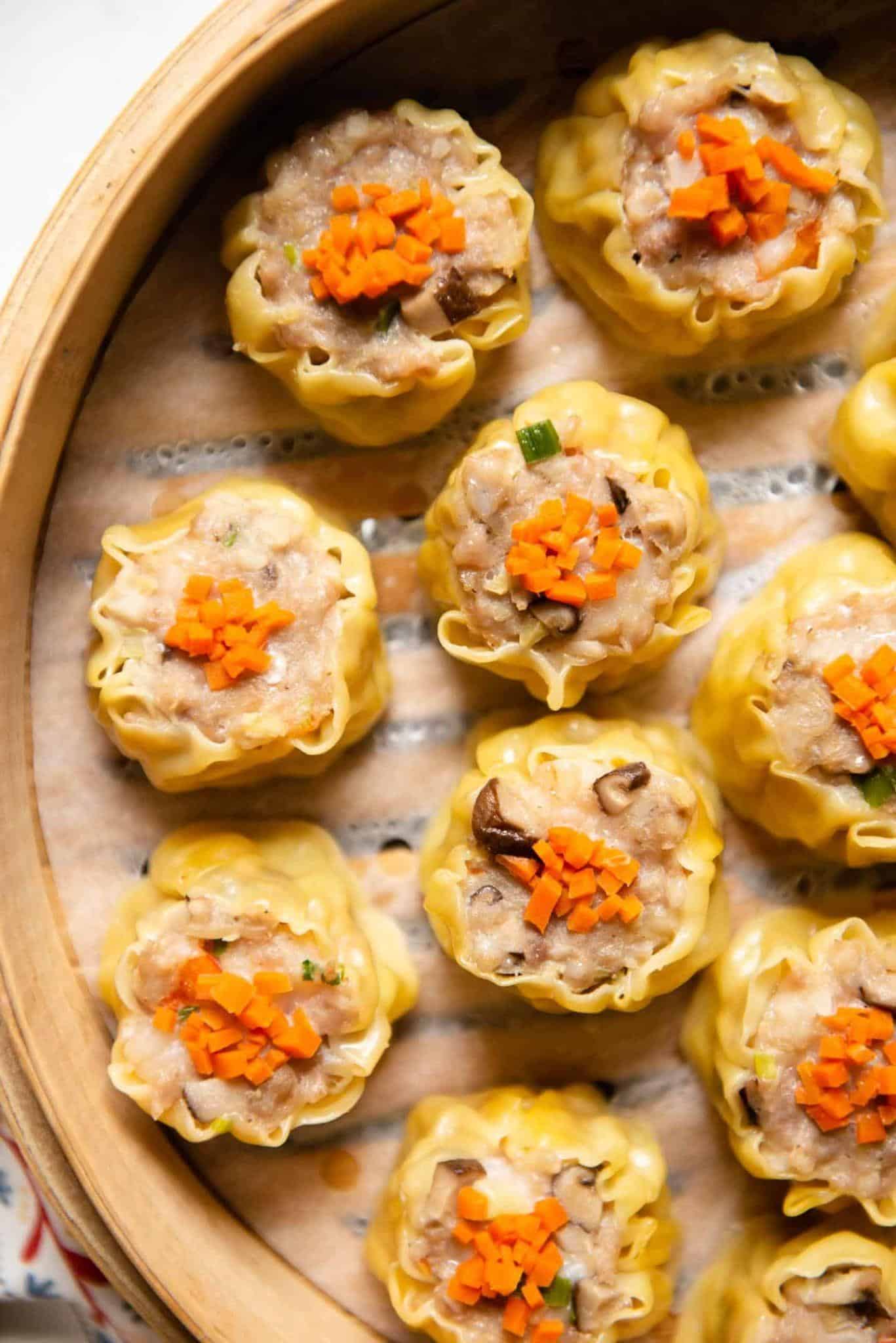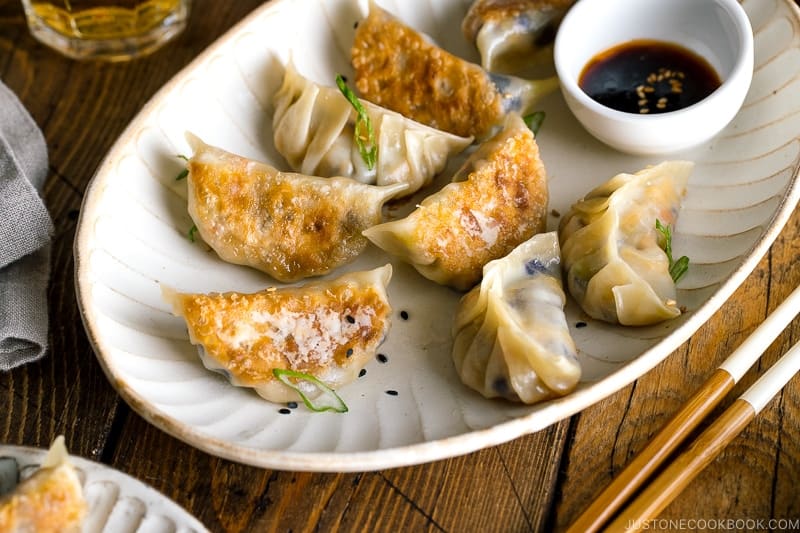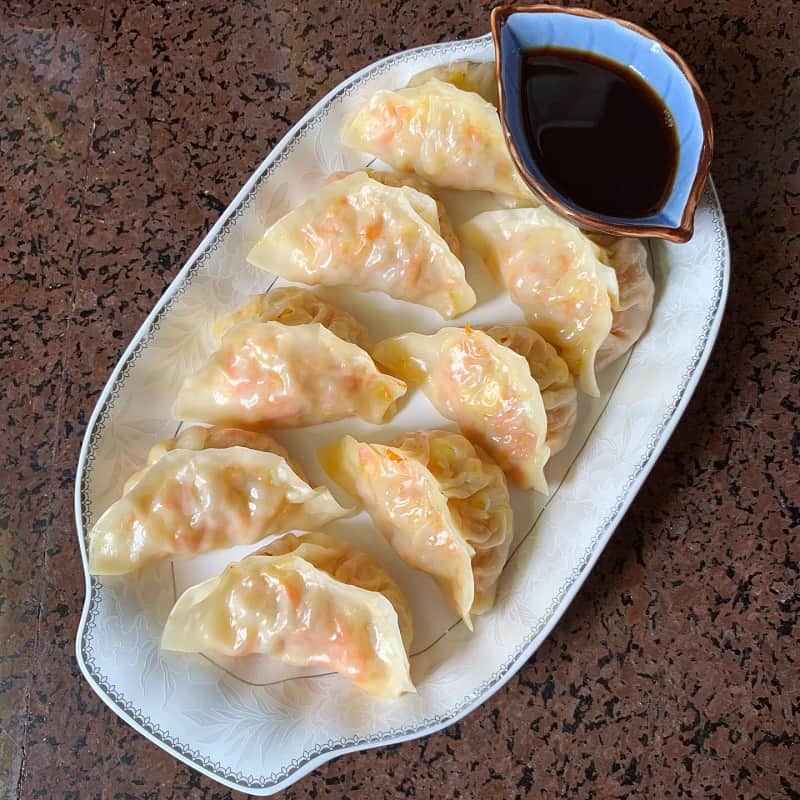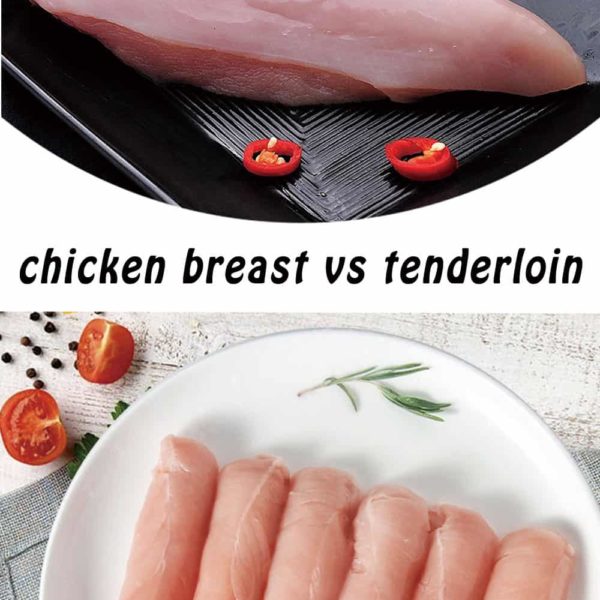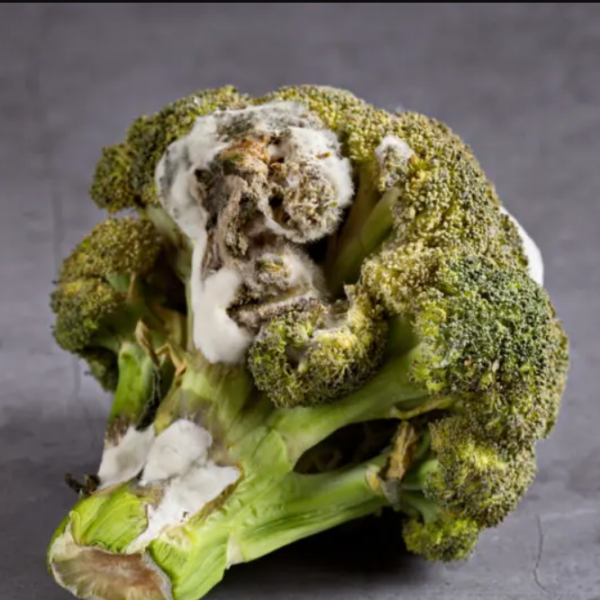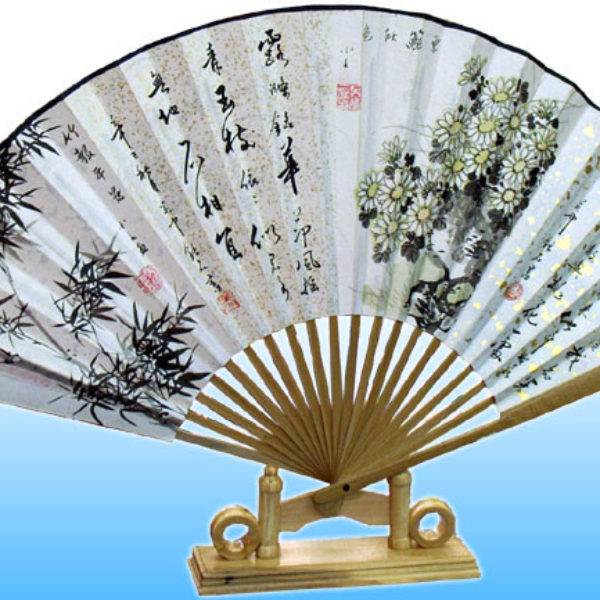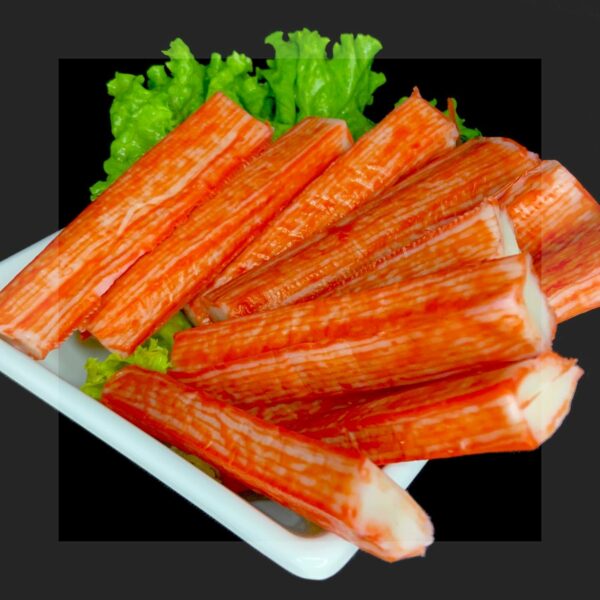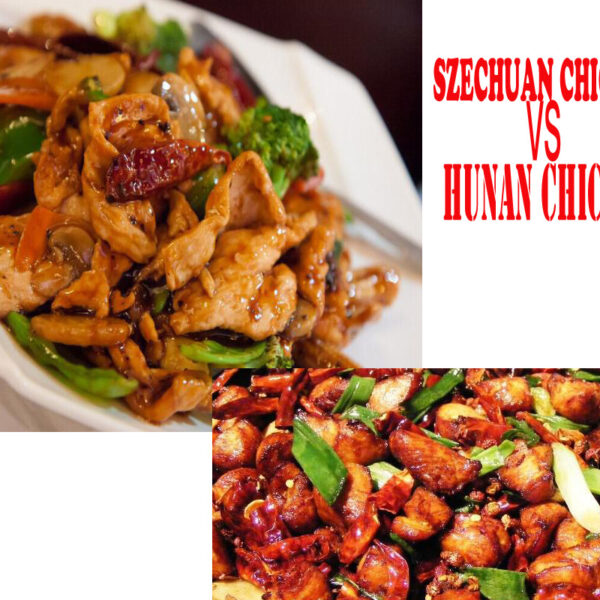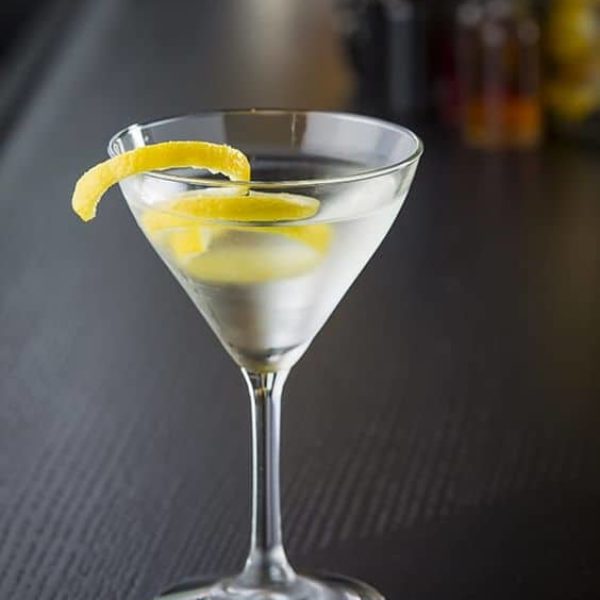I love any meal that is Asian as we never go wrong with the balance of flavors, texture colors, and nutrients.
However, if you love to eat out in the Asian take-outs, you must have tried dumplings but have you eaten the shumai and gyoza yet?
Most people confuse the two, but you don’t need to because they are different. In this article, though, we seek to show you the meaning of each one you see here and the difference as well.
Generally, you will have the dumplings coming in different shapes and sizes. You know both shumai and gyoza are two other unique styles of dumplings.
Notice though that the two shumai and gyoza use a different cooking style, and yet it also has different ingredients they use.
What is shumai
It’s also what some people refer to as siu mai, and it features the Japanese style of dumpling that they adopted from the Chinese style of steamed dumplings.
Authentic Pork Shui Mai (Shumai ) Recipe
So although it takes the feature of the siu mai, the Japanese have given it a more popular name referred to as shumai.
If you have seen the steamed pork dumplings in the restaurants, then that’s precisely what we refer to here.
So usually, the filling in this kind of dumplings is either pork or prawns. The meal can be a main meal or even a snack depending on what you are after, especially when you go to a dim sum restaurant.
If you’re going to eat it in the dim sum restaurant of China, you will have it be served in the bamboo steamer. However, it’s common for the Japanese to make it at home and serve it as a side dish or snack.
Notice, though, that you can add the hot mustard or traditional soy and vinegar sauce if you like. With all this, the essence is to make it even better tasting.
The shape is different in that it features an open-top dumpling, and you will notice that they top it with the orange roe, carrot, and green pea, all to add some more color.
In addition, there are times when you will have them making the dumplings with the ground shrimp, pork, mushroom, ginger, and spring onions for more flavor.
The origin
This version of the dumpling originated in China and particularly from the Cantonese tribes of China. Nonetheless, some people say that although the Cantonese version is today much more common, the first type of shumai was from Mongolia.
We will, however, go with the fact that it came from Guandong, China. In the Cantonese language, the term shumai means ‘cook and sell.’
So it was the kind of meal where you were expected to cook faster and then sell it.
Today we have shumai in different towns across Asia. In the 1920s, Japan was already making some of the best shumai.
But at the time, the shumai was already spreading across Asia.
Diffeerent types of shumai
When we are talking about the different types, we refer to the ones you find in different places. Remember, different areas make the shumai differently.
The Mongolian shumai
Notice that when you look at it, then this is where the shumai originated from. Usually, you will have the wonton that they make using water and flour, and then they usually set the fillings, which feature pork, onions, and ginger, to make it a full shumai.
The difference is when you will fold it to a purse shape, and as you know, the toppings will be peaking at the very top.
Usually, then you will have the shumai pan-fried or steamed.
The Philippines version
Shumai is also a favorite in the Philippines. However, they refer to it as siomai. Notice then that they will fill it up with the ground meat together with carrots and peas.
Contrary to the others, this one you will fry until it’s golden brown. When you are going to serve it, you will need to use spicy garlic oil and even soy sauce.
Notice, though, that they will mostly wrap the siomai in the wonton wrappers, and they do so a lot in the high-end restaurant.
The Indonesian version
In Indonesia, they also refer to it as siomay. It’s about the same dumpling. But in this case, they will make the fillings from fish and different veggies.
Like the Chinese style of shumai, here they will steam it, and then when ready to serve, they do so with the peanut sauce.
They like to use the tuna fish as fillings, but you will notice that sometimes they also use the mackerel and shrimps.
In Japan
You will notice that they also fancy the shumai in Japan. The one they make here is filled with rice and pork.
Notice that to season it then they use wine vinegar, sugar, and soy sauce. The most common thing to notice is that it will be larger than those you eat in China and the Philippines.
The Cantonese version
Another one of the most common ones in the market is the Cantonese version. It’s where we know it to be a favorite too, but they call it siu mai.
Here, they make the fillings using minced pork, shrimp, and even the black mushroom. When you’re in the neighborhood, you will notice that you can find them easily in restaurants.
You see, they serve it as part of dinner or lunch. To decorate the top then they like to use carrots, peas, or fish eggs.
What is gyoza
Next, let us look at gyoza. This one is another Japanese dumpling that just has a thinner dough. It mimics and almost looks like the potstickers.
To make them then you will need to fill the bottom with meats and veggies. Usually, you will then wrap it with thin skin. They are not only made in Japan.
They are the same dumplings that in China we refer to as jiaozi. But to cook it, depending on where you are, you can decide to boil it, steam it or fry it.
What you should know about gyoza
The gyoza came from the Chinese potstickers off during world war 2. the soldiers who had been to Northern China ate them there and then brought them back home.
So in recreating the same dumpling, they brought to life this famous gyoza. Although it’s not clear who came up with them, there’s a vague notion that a Chinese master of medicine – Zhang Zhongjing is the one who started to create them.
Types of gyoza
Like shumai above, there are different styles of gyoza, and you can be sure the difference is based on the region you are making it from.
Also, the fillings vary from one place to another, which is why it’s different. Based on the different kinds of fillings, there are various types of gyozas.
Yaki gyoza:
This is one of the most common styles of gyoza when you’re in Japan. So this particular dumpling is much similar to the Japanese potstickers.
They make them by frying them first then adding water to steam them for a short while. When they are cooked, you can remove the lid and let them cook for a few more minutes.
Mushi gyoza:
This is one of the best and yet the healthiest choice of gyoza. It’s also one of the most authentic styles of dumplings that you cook in a bamboo steamer. So here you don’t have to steam this option.
Age gyoza:
The method of preparing gyoza is almost the same as the method you use to prepare the yaki gyoza. So here, then you have a crispy dumpling style. Notice then that you are having these choices be simply deep-fried.
Sui gyoza:
Here then, you have the different styles of gyoza that you can cook the dumplings in water or soup. Notice though that you’re going to have the gyoza be chewier and even tender, and yet it’s further crispy.
What are the specific fillings?
Like we said, then the fillings may vary. The most common fillings include beef, chicken, prawns, fish, pork mutton.
Notice, though, that you will mix the meaty stuff with the veggies too.
They usually have the cabbages and the carrots, chives, celery, spinach, and spring onions, just to mention a few options.
Again, notice that the fillings they use will determine the type of gyoza you are having.
Is it healthy to eat the gyoza?
Generally, gyoza is healthy food. Nonetheless, we must say that the cooking method you decide to use will determine whether it’s healthy to use or not.
If you are going to use steaming or boiling, then you’re sure it’s safe. Here you have the best healthy food. If you’re going to use the fried ones, then you should eat them in moderation.
Dumplings
It features a soft, usually boiled, steamed, or sometimes fried dough. Notice that people will like them the most because of the perfect flavors from the inner fillings.
So basically, you take the dough and wrap the fillings. Also, they set them in the bamboo steamer to cook it and present it.
The other thing then is that you will have to make it into a bite-size, and you will like the fact that they feature the savory and sweet delicious treats. This is a typical Asian style of meal, particularly in China.
You can use the dumplings as a snack or side dish and main meal. Also, there are different types of dumplings, including the choices we have listed above.
Here are some dumplings recips:
- Chive Dumplings Recipe – A Step By Step Guide
- How To Make Chinese Dumplings – Beginners’ Guide
- Fish Dumplings With Chive- Chinese Pan Fried Dumplings
- Har Gow – Shrimp Dumplings Recipe
- What To Serve With Dumplings And Potstickers – 40 Side Dishes You Can Try
What fillings can you use on the dumplings?
You will like these dumplings then because you will have the versatility to enjoy them in different ways. You can have the different fillings of your choice.
The question then is that do you have a sweet tooth or a savory tooth? You will find the best filling for your dumplings. It is going to appeal to all your tastes too.
The fillings of the dumplings
One of the unique things is that you will have different fillings for the dumplings. You can almost put the different fillings in the dumpling. You can add fruits, nuts, and other sweets to make the perfect fillings if you like to. Notice that you’ll almost have all the different kinds of fillings. It all depends on where you are to have the perfect fillings.
Types of dumplings
There are many types of dumplings
Shumai:
As mentioned earlier, shumai is a type of dumpling popular in Asia, including Japan and China. Notice that the difference here is that they usually have the top not covered.
Gyoza:
We already talked about the gyoza above, and yes, it’s one of the best kinds of dumplings. This one is common in Japan, and it’s one of the most accessible options to make.
Xiao long bao:
This is a unique type of soup dumpling and more like the only common soup dumpling. These are often larger than most other types.
Har Gow:
It features the use of shrimps as fillings, but it’s also a unique and most common style of dumplings you can have.
Jiaozi:
This one is a Chinese version of gyoza. The truth is that there are many different styles of dumplings you can have.
Similarities (Shumai, Jiaozi, Dumpling)
What are they?
They are actually of the same genre. Gyoza and the shumai are part of the larger dumplings. So basically, we have different types of dumplings, yet we are also talking of dumplings.
The service
Notice that whether you are talking of the gyoza, shumai, or the dumplings, if you like, you can serve them in the soups too. Sometimes you will have the dumplings served with eh dipping sauce.
Shumai vs. Gyoza
There are so many notable differences that are between these two. Notice then that you have different dough thicknesses; the fillings may be different but also the origin.
Let’s talk origin
Naturally, and per the two we have discussed above, shumai is originally from China. In the 20th century, shumai became popular in Guangdong, China. Its name indicates that it’s street food that they make and sell while still hot.
Gyoza is, however, a type of Japanese dumpling variety. It’s also what we refer to as Jiaozi in China.
Taste
Notice that there are different types of gyoza and shumai. Naturally, you will realize that the dumplings are savory, and they usually have a soy-based sauce to use as a dipping sauce.
Understand that the shumai is savory meaty but with the flavors of the rich scallions and the ginger hints. In most cases, though, they will have the chili flavors, which makes it spicy.
On the other hand, Gyoza is also a savory option, and it usually has a mix of minced meat and vegetables. Notice, though, that the dumpling then is crunchy since it has the napa cabbages.
Ingredients
Precisely, the outer wrapper is made using thin dough. In addition, they feature the use of thin wheat flour.
The significant difference comes in the type of fillings they will have. Notice that they may have varying ingredients as part of the fillings.
Gyoza:
Notice that the standard filling they use in making the gyoza is minced pork and veggies, spring onion, and even ginger.
Also, you can use minced beef or chicken, but you must add crunchy veggies like the napa cabbages.
Shumai:
You can also use the pork in the shumai. However, you will always have a combination of the pork and the prawns. Notice that if you are going to make the gyoza though you will need the minced pork.
The other difference is shumai doesn’t use crunchy veggies. So when you get the shumai from Japan, you will notice it has pork and onion. These types will then have the green pea at the top of the gyoza.
Appearance
Of course, the other thing you will notice is the difference in the way they look. Gyoza takes the shape of a half-moon, and the edges are pressed. This is the easiest way to secure the filling on the inside. Gyoza sits on the pan since the bottom is flat.
Shumai takes the cylindrical shape with the open-top part. It mostly looks like a basket, but its fillings are everything, and whether you use the carrots or peas at the top, you will create the perfect color variation. For this one, then you are going to see fillings inside.
The texture
Notice that the gyoza then has a unique texture. So the significant thing is that you will have the gyoza cooking in just small amounts of water. Also, the gyoza is panfried, and for that reason, it’s crispy on the outside.
On the inside, though, you will have it being tender. Some people choose to deep fry the gyoza, and when they do, then it will become crunchy. So the filling on the inside is not going to be juicy.
Shumai is the simplest they make because you will need just to steam it and have it ready. If you like a healthier version, you have it in the shumai, besides having a soft exterior and juicy fillings.
The cooking method
The cooking method varies; notice that the shumai dumplings are steamed in a bamboo steamer. Usually, you will set the steamer in the wok with hot water.
And then you will set the shumais in the bamboo steamer to start the steaming process. It will take anything from 8-10 minutes to cook it.
Gyozas are amazingly some of the best-fried dumplings. You will notice then that they mostly don’t cook the gyoza using the steaming method instead they use the frying method.
This is a Japanese dumpling style, and its cooking is not the same as the Chinese style. So notice then that it will have a crispy brown exterior.
The flavors
The flavor you are going to use on what ingredients you are making it with. The perfect addition of the soy sauce makes all the difference.
Notice that you will add the ginger and scallions to shumai, making it richer in flavor. Even if you wish to use the shiitake mushroom, you can be sure to add even more flavors.
Gyoza is rich, yet it has a milder flavor from the addition of the napa cabbage. However, it’s still tasty, savory, and delicious to use or eat.
Which one is healthier?
When you are thinking about the healthier choice, you should think about how it’s cooked. If the food is cooked using the steaming method, you can be sure it will be healthiest than the fried options.
You will notice too that if it’s pan-fried, then it’s healthier than boiled ones.
Remember, the steamed dumpling is healthier because it doesn’t need you to use the different fatty and oily foods.
When you look at the addition of the ingredients, if you have the one with many types of meat, you should know it’s not as healthy. However, if you can then use the pork with many veggies, this is better than a meaty one.
Generally, you will have the shumai being healthiest since they don’t even use the frying method for the same.
Are dumplings Chinese?
They are a representation of the Chinese meals from the Chinese cuisine. But remember, there are different kinds of fillings, which means that you will have a different naming.
You will find this meals in dim sum restaurants within and outside of China. Also, notice that there are restaurants that only focus on making the best dumplings. So if you are going to China, then consider trying the local style of meal.
Steaming or frying, which is the best?
Of course, it depends on what best means to you. To someone, the best means healthy to another; it’s the easiest and refers to the best tasting for the next person.
In most cases, we pan-fry the dumplings not deep fry them. If you like them crispy on the exterior but not so juicy inside, the fried one will be better.
If you like the dumplings being silky and tender on the outer part with lots of juice inside, you can use the steamed version. Regardless the steamed version is much firmer than the boiled ones.
Steaming is the traditional method of making dumplings in China. It’s also a healthier option than when you’re using the fried versions. Remember, you almost don’t use oil at all.
To answer your question, I would say the healthier and best version depends on what you are looking for in the type of dumpling.
Dim sum vs dumplings
For most people, these two are the same, but in this topic, we find out if they are the same as we think.
The difference by definition
This refers to the traditional Chinese meals that feature the use of small plates of dumplings and it has other small snack dishes. In most cases, you will find that they have tea to accompany the meal.
It’s a meal that you will also consume only during brunch. In most cases, the dim sum also has filling. But remember, the most common thing about it then is that it will be in bite sizes.
Dumplings feature a blend of meals that are downright delicious, quick, and easy to make. They come in form of pieces of dough that they wrap the fillings inside.
Sometimes though, you can have the dough without filling on the inside. You can even make it into the soup dumplings if you need to.
However, some people prefer to buy the wrappers and then add the fillings. Notice the fillings can be anything from veggies and meats.
The fillings
As for dim sum, it can sometimes have the filings or not. Take, for example, the chicken feet will not need fillings.
On the other hand, Dumplings will have the fillings mainly, but that doesn’t mean you will not have those types that don’t have fillings.
Side accomplishments
In most cases, you are going to serve dim sum with tea. But, of course, there are times when you decide to eat it without tea.
Dumplings, on the other hand, go well with soups, sauces, and gravy. In most cases, you will have the sauces being spicy.
Wonton vs. Gyoza
There are most of us who don’t understand the difference between the wontons and the gyoza. The primary difference, though, is that the gyoza has a thicker wrap than the wontons, and that’s a significant difference.
In most cases, you will have the wontons being served as part of a soup meal. In other instances, you will have the gyoza served all by themselves.
In a nutshell, they are all different types of dumplings but they are different especially since they have different filings.
The way to make any of the dumplings depends so much on their origin. They make a full and enriching meal which then makes it one of the best choices you can use. Jiaozi is my personal favorite and what’s yours?
